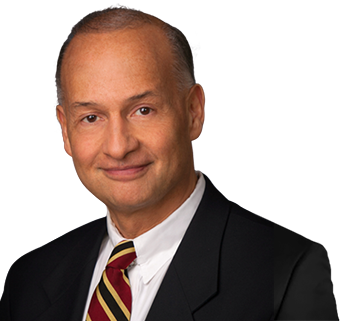Platelet Rich Plasma Produces Good Results at Two Year Follow-up for Rotator Cuff Tears
Background: Surgical treatment of full-thickness rotator cuff (RC) tears is associated with generally good results. There is no consensus regarding the treatment of partial thickness tears that fail activity modification and physical therapy. Corticosteroid injections are sometimes used but have been associated with tendon damage. Platelet-rich plasma (PRP) however has been shown to enhance connective tissue healing. We hypothesized that dual PRP injection into the rotator cuff insertion as well as the area of the tendon proximal to the insertion would be safe and would result in good clinical outcomes without surgery, that the effects would last out to two years, and that results would be better with lesser tendon damage.
Methods: 71 shoulders with rotator cuff pathology who had failed conservative treatment including physical therapy had dual PRP injection into the rotator cuff. All patients presented with symptoms of RC pathology and had MRIs performed which showed a range of severity from minimal tendinitis to full-thickness RC tears. Patients were followed up at 6 months, 1 year, and 2 years after treatment with global improvement scores, Quick DASH, and VAS scores.
Results: No adverse events were seen in any patient. Positive results were seen in 77.9% of patients at 6 months, 71.6% at 1 year, and 68.8% of patients at 2 years. Mean VAS scores significantly improved from 50.2 pre-injection to 26.2 at 6 months, 22.4 at 1 year, and 18.2 at 2 years (p<0.0001 for all follow-up times). The mean Q- DASH scores (0-100, 100 worse) improved from 39.2 for all patients before treatment to 20.7 at 6 months, 18.0 at 1 year, and 13.80 at 2 years (p<0.0001 for all follow-up times). No patient with a partial tear had progression to a full-thickness tear. Patients in all groups showed improvement. Patients in the >50% partial tear group had the best overall improvement while those in the tendinitis group had the poorest outcomes.
Conclusion: PRP injection is a safe and effective treatment for RC cuff injury in patients who have failed activity modification and physical therapy that avoids surgery without deterioration of results two years after treatment. Better results are obtained with greater structural tendon damage than in shoulders with inflammation without structural damage.


